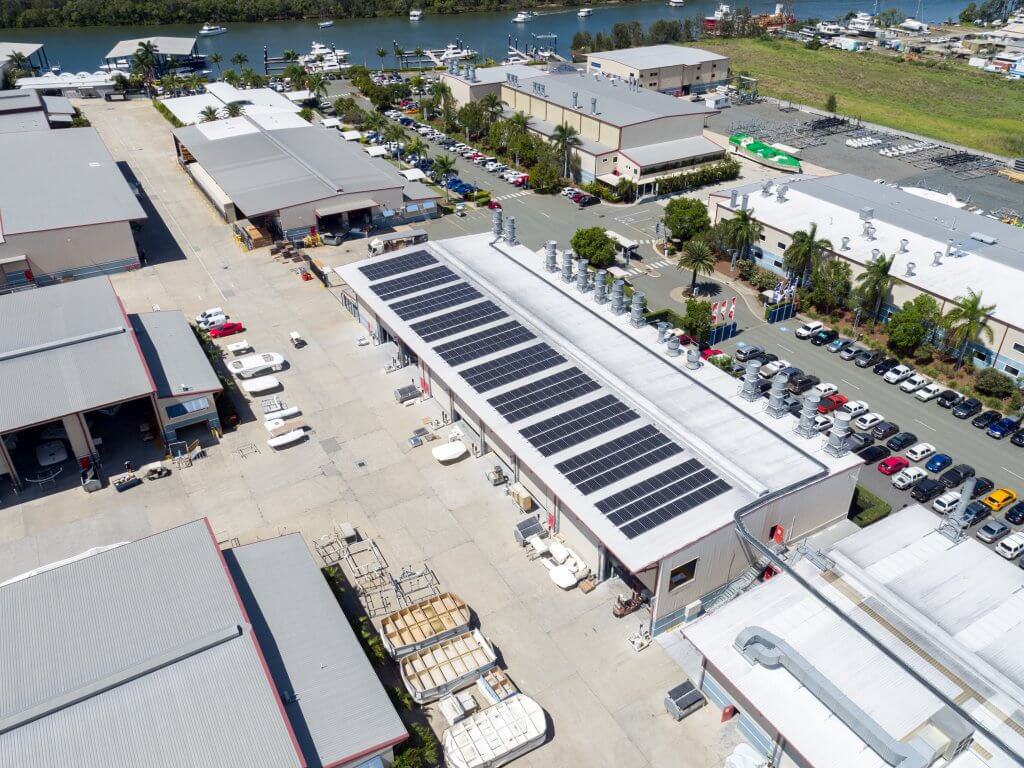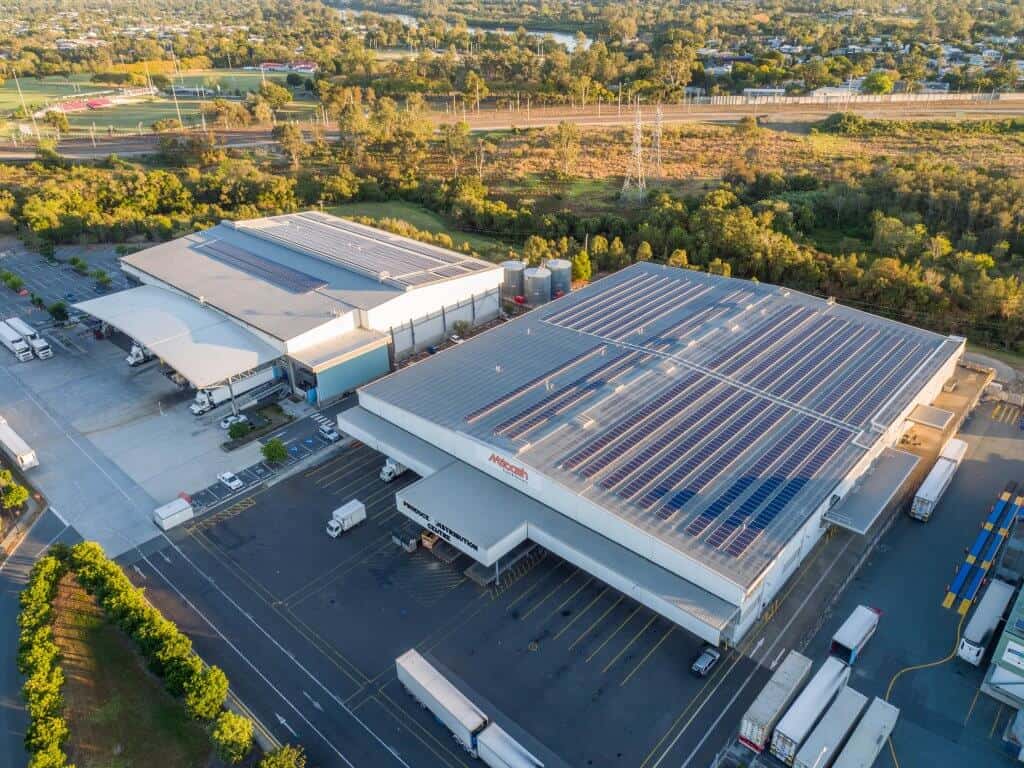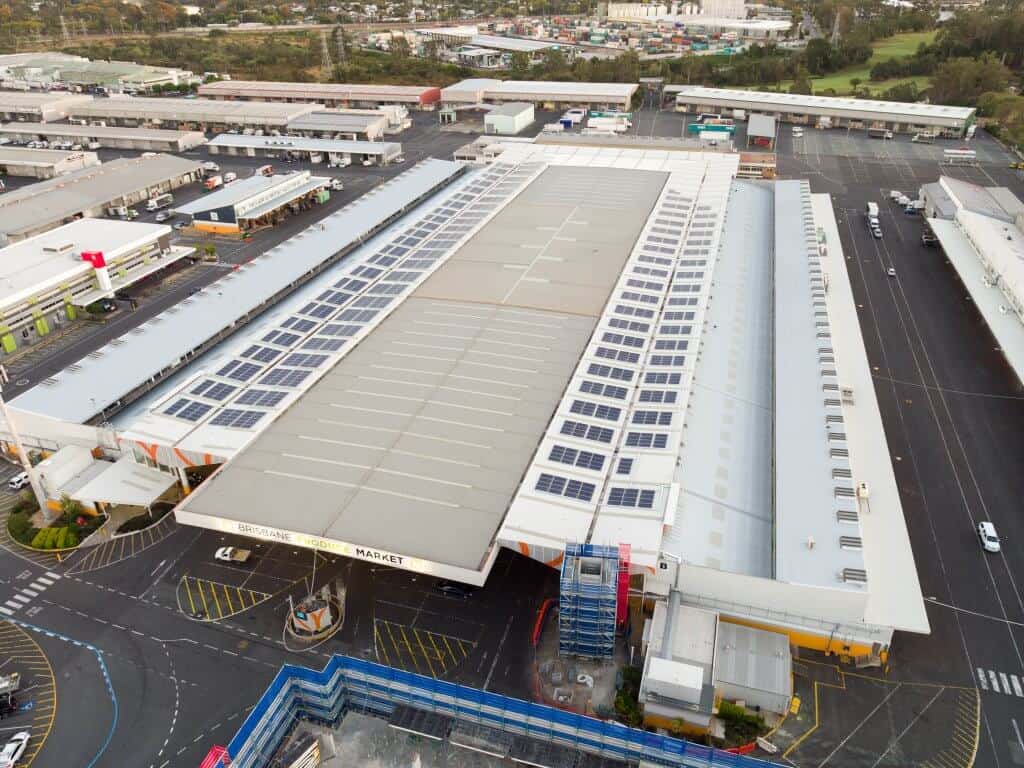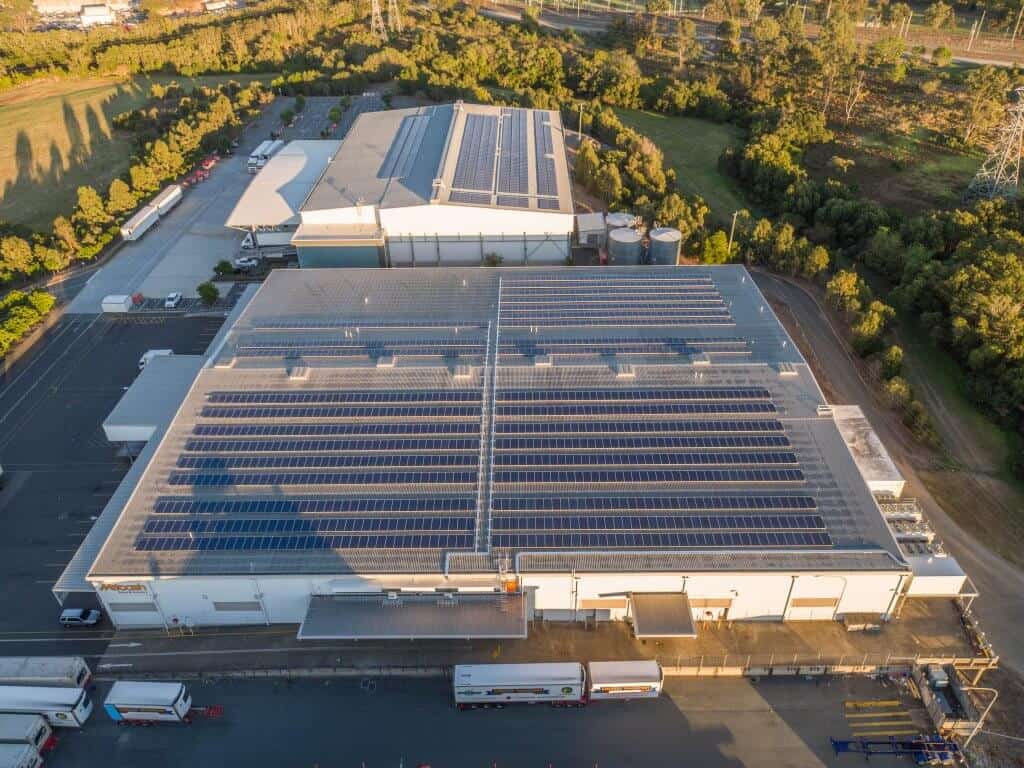Drone Solar Panel Inspection Brisbane, Gold Coast
Drone Solar Inspection
With all of the inspections that drones can perform, yet another one is for solar panels. Drones and solar panels are both pieces of technology that are being used increasingly more, as there has been some great innovation in both fields. Now, the two are being used together. Here’s everything you need to know about how drones are changing how we inspect solar panels.
Why Do Solar Panels Need To Be Inspected?
The first part of understanding this process is to know exactly why it is necessary. Solar panels, just like most pieces of technology, aren’t perfect. They are prone to small defects that can be hard to see with the naked eye.
Common defects include deterioration of cable insulation, failure of components, corrosion, components filling with water, or other damaged parts. The damages may be minor, but that will just mean that the solar panels won’t be producing as efficiently as they should be. Therefore, it’s recommended to inspect solar panels every couple of years. They are almost always quick fixes that can end up saving a lot of money.
Using Drones to Inspect Them
Drones are most commonly being used to inspect large solar farms, where hundreds of solar panels are tightly fit together in a large field. They could be used to inspect single home units, but it is much more beneficial for the large solar farms.
Benefits of Using Drones
With a large thermal imaging camera strapped to one of these commercial UAVs, all it has to do is simply fly over the entire solar farm and film it. This process takes a couple of minutes and is much faster than any person can do on foot, and much cheaper than any other form of aerial photography.
Thermal imaging can detect most damages, while just examining them can’t. That’s because the most common defects with these panels lie in the interior. Some minor wiring issue, corrosion, or whatever it may be can’t be seen. Really, the only thing that can be seen from a human is just exterior damage, which is much less common with solar panels.
Thermal Imaging
The biggest benefit drones have given is through thermal imaging. This is a technology that has been used with drones since their original military application and they help with a variety of things. Fire rescuers and the police use them to detect people and it makes detecting defects in solar panels routine.
For those of you who are unfamiliar with thermal imaging, here’s a brief explanation of it. I’m sure that many of you have seen thermal imaging, also known as infrared, and it essentially displays differences in the thermal energy (or the heat) given off by objects.
If you would like to learn more about this great technology, head over to our blog and read our article on it here. There’s also a picture of what thermal imaging looks like on solar panels so you can better visualise what this process looks like.
What They Are Looking For
After the drone is finished filming all of the panels, the next big step is for the people on the ground to analyse this footage. But what exactly are they looking for?
So obviously the main goal is to find defects in the panels. Thermal imaging can help spot these defects, as an inconsistency in the thermal energy means something is not functioning properly.
They are looking at the panels and they expect to see a consistent colour across them. If there are any spots that are much lighter or darker than the rest, which is a clear sign of some type of defect.
After They Analyse
Once they have analysed the data captured by the UAV, then they can go about further inspecting it and possibly fixing it. The drone isn’t able to tell them what is wrong, but they know the specific panel and general location of the error. This makes it extremely easy to send in a technician and inspect the faulty panel.
Most of the time, the damages are minor and are just a small defect that would’ve normally gone unnoticed. But, the most important thing when it comes to solar energy is efficiency, and these small defects only decrease that. All of this makes sure that the farm is running at peak efficiency, which is the goal of every solar farm.
Other Uses
While drones are primarily being used to find faults in solar panels, they also are being used to help plan the placement of panels for these large farms. They take up a vast amount of area and finding the most optimal place in terms of sunlight exposure is important.
UAVs can perform flyovers at different times of the day to determine the most optimal places for these panels to be placed. You really want an aerial insurance inspection view of the space before installing them.
Although the uses for commercial UAVs are most commonly for large solar farms, they are starting to be used for private single panels as well. If you have a solar panel on your home, you should inspect it every couple years or so to make sure it is running at max efficiency. A drone could capture your solar panel within less than a minute, and then you could decide if it would be worth it to repair it or not.
What We Offer
Currently, we do complete UAV solar panel inspections, both photography and thermal imagining options. If you look on our site, you’ll see we already do inspections for insurance, assets, and for oil and gas companies.
We are the top Brisbane drone photography company out there right now and we can perform many other inspections and great photography services. Contact us if you would like to work with us. We’d love to be your first experience with a commercial UAV company.





